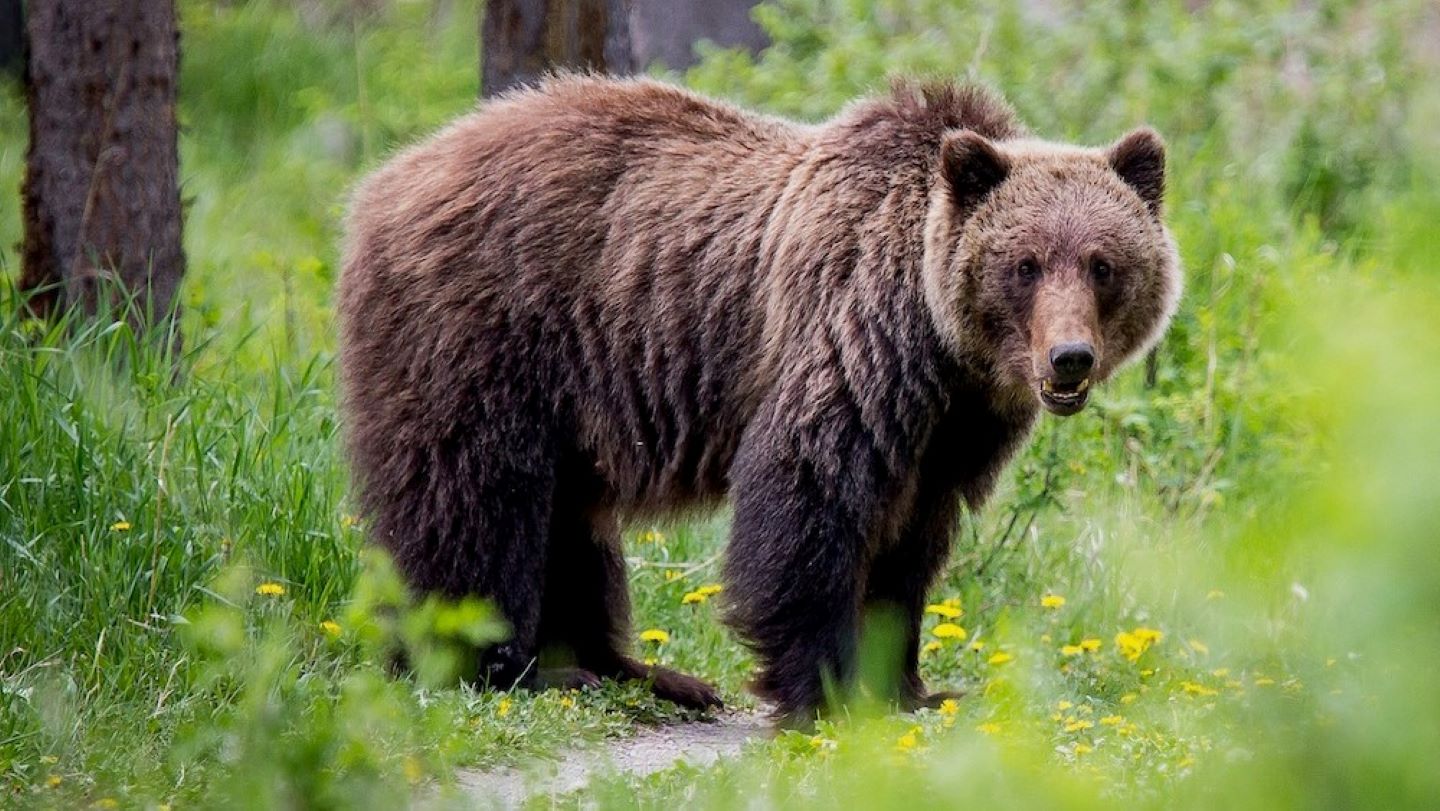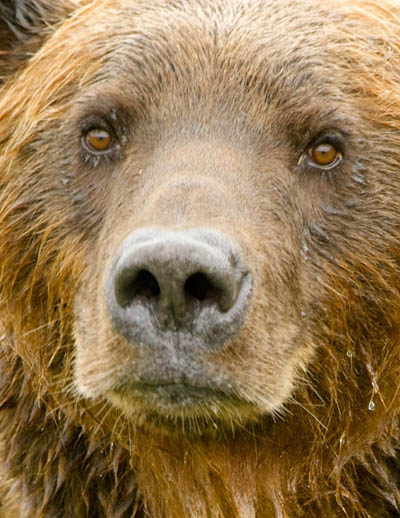
Grizzly Bear (Ursus arctos horribilis)
Since prehistoric times, grizzly bears have been an integral part of North American ecosystems. Before the arrival of Europeans, grizzly bear populations were thriving in all western U.S. states and south into Mexico. In the lower 48 states alone it is estimated that there were 50,000 – 100,000 grizzly bears when Lewis and Clark were exploring the west in the early nineteenth century.
Since that time, the grizzly bear population in the lower 48 states has dropped to just over 1,000 individuals, and they have lost 98% of their original habitat. Washington State has lost all but a remnant few in the North Cascades and Selkirk Mountains. Because of this decline, they were listed as “threatened” under the federal Endangered Species Act of 1975. Grizzly bear recovery efforts lead by the US Fish and Wildlife Service and coordinated by the Interagency Grizzly Bear Committee (IGBC) under the Endangered Species Act (ESA) have doubled these grizzly bear numbers to an estimated 2,200 animals in Montana and Wyoming.
Currently, there are believed to be fewer than 20 grizzly bears in the North Cascades Ecosystem in Washington State, and another 50 – 70 in the Selkirk Mountain Ecosystem, which includes parts of eastern Washington, northern Idaho and southern British Columbia. Wildlife agencies in these regions have set up recovery areas to focus their management efforts on landscapes that have the most potential to support viable populations of grizzly bears.

